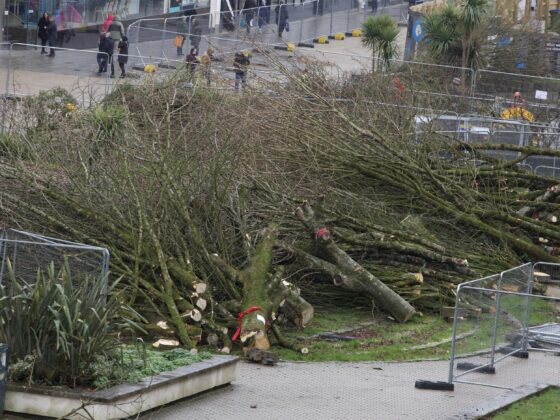This is part 3 of A Climate Counternarrative.
Tracking emissions using the carbon accounting framework makes sense if and only if an important condition is met: avoidable carbon emissions that disappear inside carbon stocks are negligible compared to those that appear as reducible flows. The contrary is like analyzing a household’s budget and cutting expenses while ignoring big ticket items like revenue and rent.
Forestry emissions research shows that these hidden sources of carbon emissions are anything but negligible. A cleared forest releases kilograms of carbon dioxide per square meter into the atmosphere before the canopy recovers enough to soak up the slow-motion decomposition beneath it. A thinned forest, which retains a canopy, produces no such net emissions.
Kilograms of avoidable emissions per square meter is on the order of 10 tons per acre. Loggers clear over 60 million acres each year. So that’s on the order of a German economy worth of trivially avoidable emissions. These ballpark numbers are no doubt off by a wide margin, since not all forests emit like boreal forests. The point stands irrespective: the long-term models used to track carbon stocks keep avoidable emissions that rival industrial ones out of view. At minimum, this is sketchy accounting.
Reduced-impact logging makes this accounting objectionable. It shamelessly proposes to make carbon stocks more effective by (among other activities) reducing such forestry emissions. And loggers stand to pocket carbon offsets paid by guilt-tripped consumers for their trouble.
Farming emissions are much larger. The plumes are such that you can tell when farmers are clearing or burning fields on NASA visualizations. The carbon accounting framework invites asking how much carbon soil can sequester. But this ignores the elephant in the room. The question that actually matters is how to not lose soil carbon to begin with.













